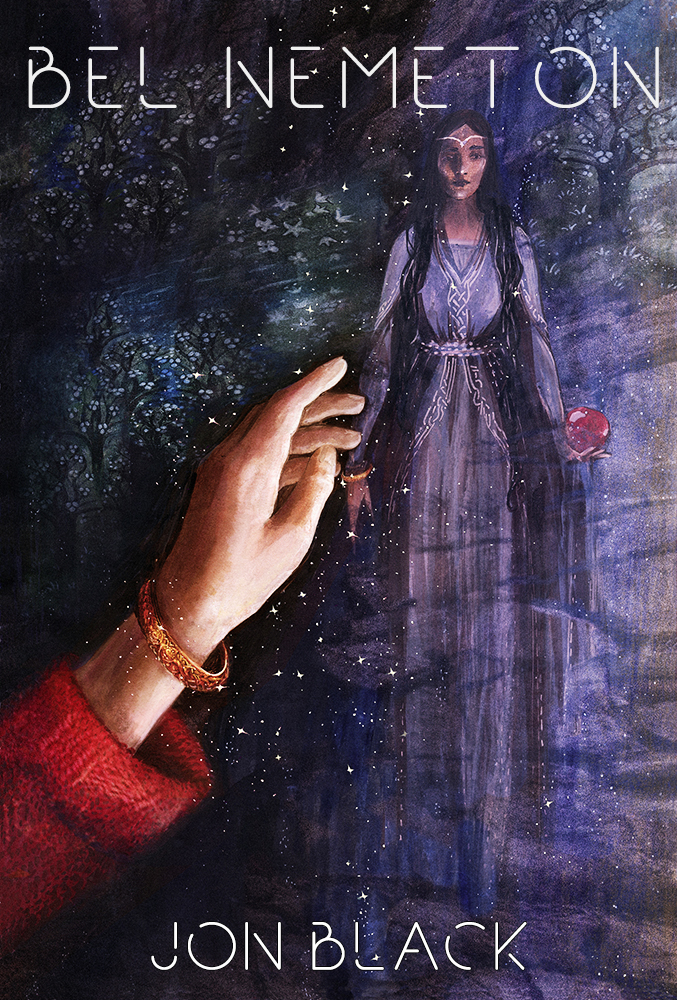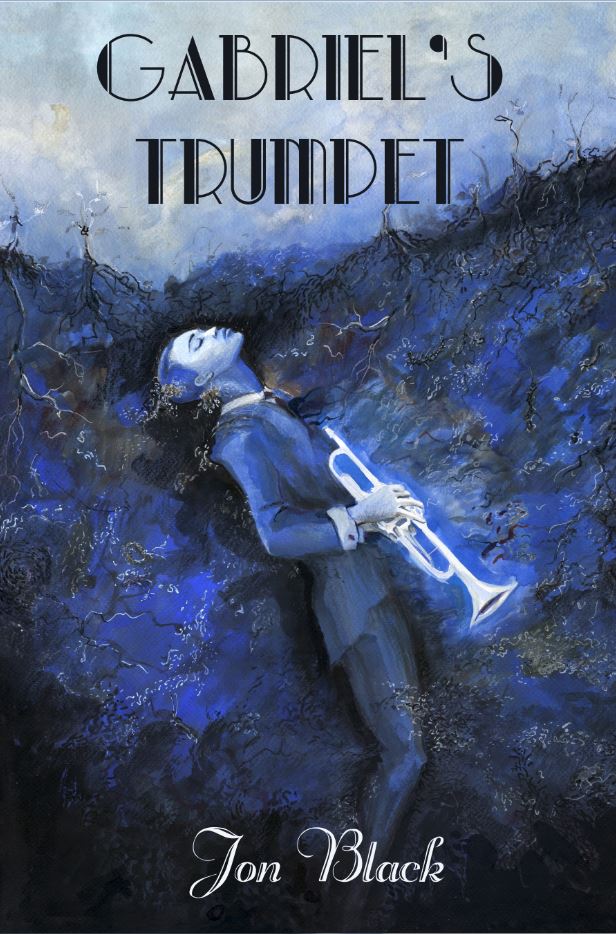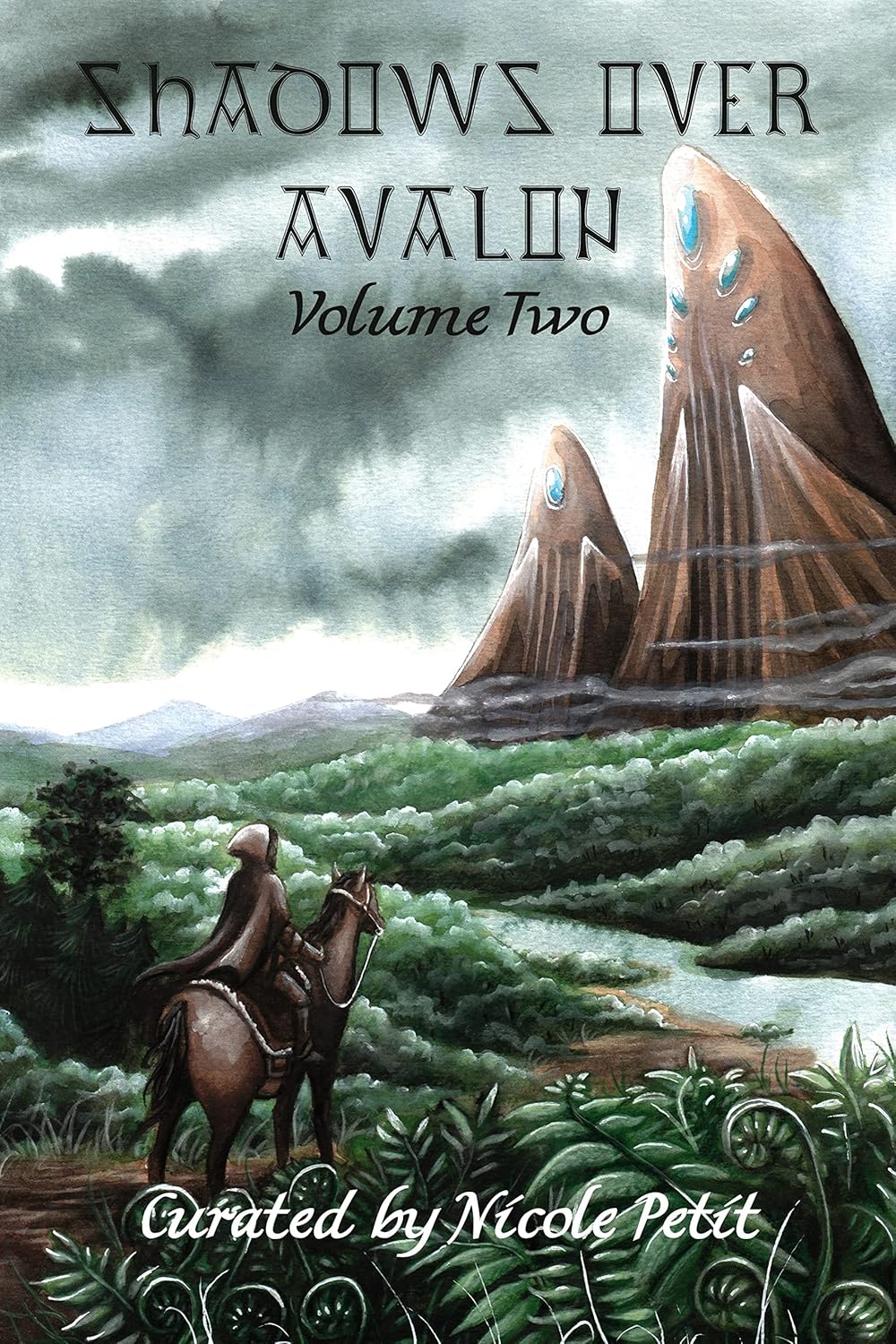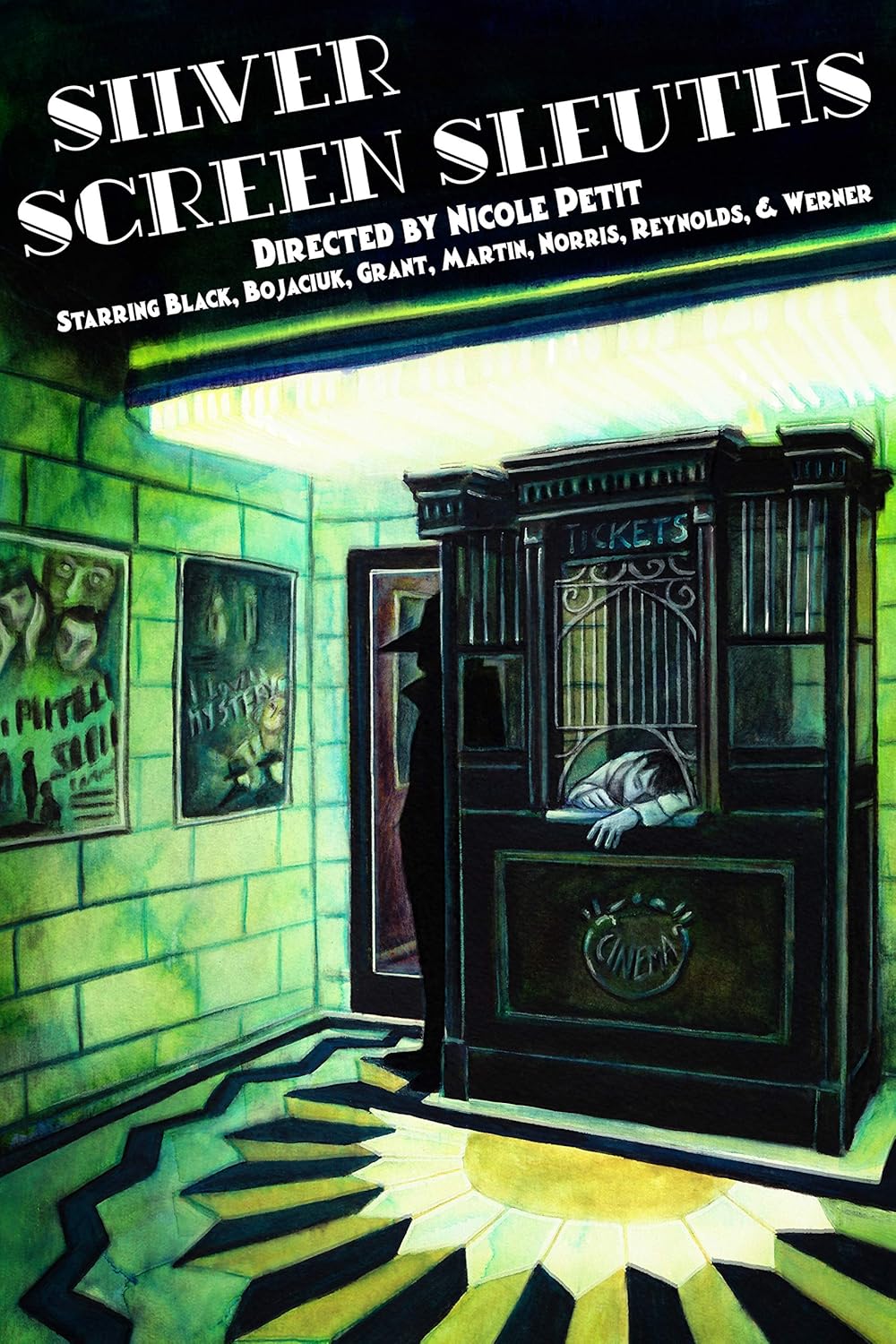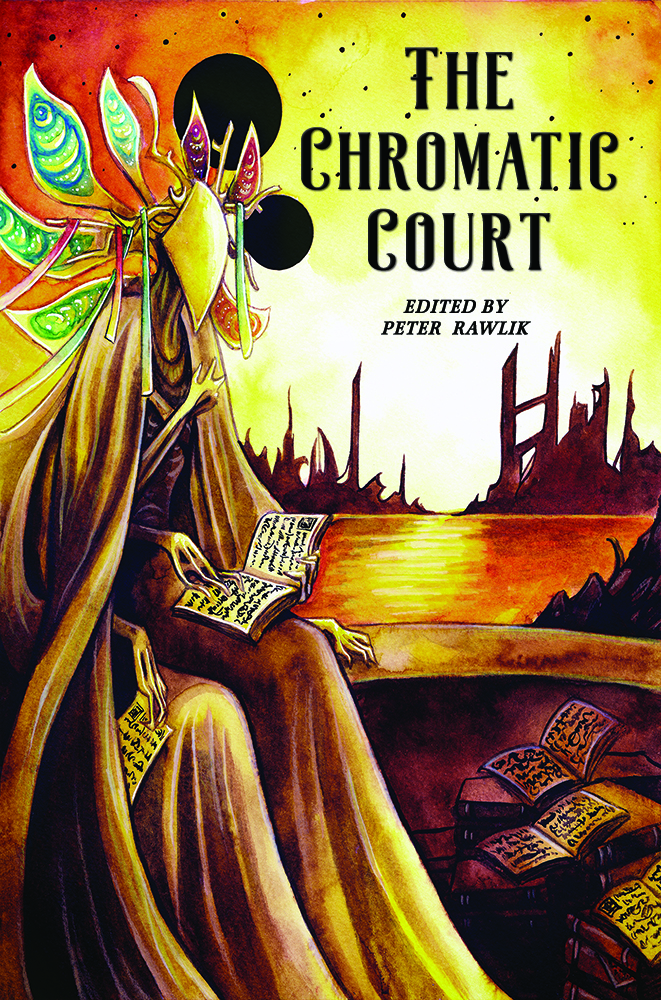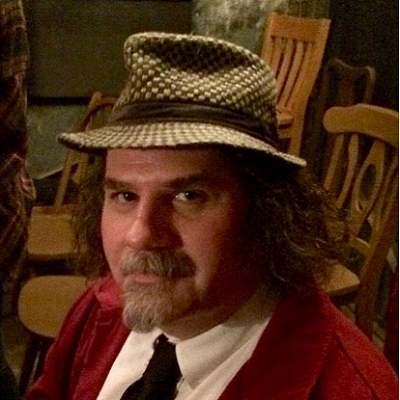
WRITER THINGS
How long have you been writing, and what are your preferred genres and settings?
While I have been writing professionally since 1996, I did not begin writing fiction until 2017, when I was already 42 years old. With the benefit of hindsight, I wish I’d started a lot sooner but the process seemed very daunting (as a consequence, one piece of advice I give to aspiring writers is “Don’t wait, just do it.”) I predominantly write historical fiction, usually with supernatural, horror, or pulp elements. Outside of fiction, my writing activities have included tabletop roleplaying games, music journalism, and other journalism.
Who or what originally inspired you to try your hand at writing?
I have been fortunate to be surrounded by gifted storytellers throughout my life: my parents, many of my friends at university and beyond, many of the blues and country musicians I worked with during my years in music journalism, and so on. I feel like I acquired much of the art and craft of storytelling by osmosis. As far as a single spark that transformed a passion for storytelling into a desire to write, I credit my long involvement with table top roleplaying games, especially once I began to produce content professionally.
What lengths of stories do you prefer, i.e. short stories/flash fiction/novels? What formats do you like to release your work in, i.e. ebook, paperback, audiobook?
I do not have an affinity for flash fiction, but I am comfortable with short stories, novellas, and novels. I find my stories tend to naturally gravitate toward specific lengths of around 6,000, 16,000, and 60,000 words. When writing, I tend to conceptualize my final products as paper books, though I think everything I’ve published is available as ebooks as well. Thus far, I have not explored audio books, but I need to — people keep asking about them.
What’s your publishing method – trad or self – and are there any companies, agencies, or platforms you really like working with? Are there any that you absolutely will not work with?
I have always traditionally published. To be clear, I have no shade to throw at self-publishing, in 2024 self-publishing is a fully worthy equal partner to traditional publishing. Instead, my choice to traditionally publish is entirely due to personal, subjective considerations. I am willing (even happy) to surrender some element of control over the final product and lose some revenue off the top in exchange for a publisher handling things I do not enjoy, such as editing, formatting, and marketing. The majority of my work is published by 18th Wall Productions, an independent publishing house that I think the world of and that has been enormously supportive of all my writing efforts.
What does your writing environment look like? Are there specific or unique features to your drafting and writing process that you feel are interesting?
I do my best writing from coffeehouses and bars. Something about the experience of being “alone in the crowd” at a 24-hour coffeehouse or bar after midnight, with the dull, anonymous roar of background noise, conversation, and music really gets me in the zone.
What are your thoughts on pen names?
There are many reasons why an author might elect to use a pen name, and all of them are valid. I have been told, however, I have been blessed with an excellent name for an author and see no reason to reinvent the wheel. In fact, more than a few people have assumed “Jon Black” is a pen name. Nope, it’s just what my parents thought sounded good.
MEATY THINGS
What, if any, social issues do you feel like you address the most in your work?
One reviewer noted that my stories tend to “educate even as they entertain,” which, honestly, I think is one of the most awesome things a reviewer can say. To the extent that I can be said to tackle social issues in my historical fiction, it is probably to highlight for readers the vast diversity and beauty of human experience across time and cultures.
Are there any marginalized populations represented in your work, and how do you relate to those populations?
While marginalized populations certainly do appear in my work, there is no one population which keeps appearing in my stories (unless you want to count the beleaguered Celts of 6th century Britain, under increasing pressure from Saxon encroachment). When representing marginalized communities, I do extensive research (including, to the fullest extent possible, primary sources created by members of the group in question), work with an authenticity reader, and strive to ensure every member of marginalized populations appearing in the story is presented not only as an individual but an individual with agency.
What kind of material or social impact would you like your work to have? What would you like your literary legacy to be?
I would like to leave my readers better informed about the world in which they live, both past and present, and instill in them a respect and curiosity about the peoples and cultures which make our world so wonderful.
What kind of social critique of the present or the past do you think attracts people to write historical fiction?
Writers are so different from each other, I hesitate to speak for what someone else may experience when writing historical fiction. For me, it is very difficult to write historical fiction without experiencing a blend of optimism and pessimism.
PROMOTIONAL THINGS
What works are in your current bibliography?
Bel Nemeton (Bel Nemeton #1)
Caledfwlch (Bel Nemeton #2)
Gabriel’s Trumpet
“Provenance” in Overdue: Mystery, Adventure & the World’s Lost Books
“Dreamquest Beast” in Shadows Over Avalon II
“The Green Muse” in The Chromatic Court
“A Scandal in Hollywood” in Silver Screen Sleuths
“Pioneer House” in Pizza Parties & Poltergeists
“Totmann’s Curve” in Sockhops & Seances
“Darker Than Black” in Horror USA: Texas
“Rock ‘n’ Roll Eats Its Children” in Horror USA: California
“Rapture of the Birdman” in Horror USA: Washington State
“So Lonesome I Could Die” in Descansos: Words from the Wayside
Which one(s) are you the most proud of?
(You know this is like asking someone to pick their favorite children, right?)
With the Bel Nemeton series, I feel I make my own worthy contribution to the centuries-old tradition of reinterpreting/re-imagining Arthurian mythology. The books center on Merlin, portrayed as equal parts Gandalf, Sherlock Holmes, and PT Barnum, as he works with Arthur to unite a politically, culturally, and religiously diverse 6th century Britain and usher in a new Golden Age while defending against the Saxons who have turned hungry eyes on the island’s remaining lands.
Gabriel’s Trumpet blends two of my great personal interests, the history of American music, and the history of spiritualism and occult investigation, into a Jazz Age supernatural mystery that is thick with cameos by historical figures from musical, literary, and occult scenes of the 1920s.
“The Green Muse” is a supernatural mystery, with strong nods to cosmic horror, set among the avant-garde arts scene of 1910s Paris. I enjoyed the opportunity to explore connections between Cubism and the conventions of cosmic horror as well as, like Gabriel’s Trumpet, to drop several historical figures into the story.
I think of “Dreamquest Beast” as a non-canonical Bel Nemeton story, appearing in the second volume of the ‘Camelot vs. Cthulhu’ anthology Shadows Over Avalon. Playing on the linguistic overlap between Lovecraft’s “Dream Quest of Unknown Kadath” and the Questing Beast of Arthurian mythology, “Dreamquest Beast” uses the Bel Nemeton setting to give a Lovecraftian origin story to to an intriguing and singular fragment of Arthurian lore while speculating on the backstory for one the Round Table’s nights.
“Provenance” appears in the anthology Overdue: Mystery, Adventure, and the World’s Lost Books. This is a shared universe anthology joining together my Bel Nemeton series with M.H. Norris’ All the Petty Myths. It features ten stories about the quest for history’s lost and forgotten books by ten different authors and it was really exciting to see what other authors did with characters and concepts I had created.
“Scandal in Hollywood” is my pulpy love letter to Sherlock Holmes and Arthur Conan Doyle. It features the (historical) actor Basil Rathbone forced to step into the shoes of his most famous role to save golden age Tinseltown from the plot of a diabolical, Moriarty-esque mastermind.
My three stories in Soteira Press’s Horror USA, “Darker than Black,” “Rock ‘n’ Roll Eats Its Children,” and “Rapture of the Birdman” are a unique point of pride. While I lament that the publisher was unable to follow through on its original vision of a massive 50 volume series with each anthology devoted to horror stories set in a particular state, I am proud that I am the only author to have stories in the three volumes, Texas, California, and Washington, they managed to complete.
Finally, while it is no longer widely available, my novel-length story, “Swinging Londons” appeared in the Sarah Jane Smith-focused Dr. Who anthology “Defending Earth.” It tells the story of Sarah Jane and the Fifth Doctor rescuing London from a space-time anomaly in which the city swings back and forth between alternate versions of itself with very different histories. A limited-run charity anthology, Defending Earth raised money for cancer research in honor of original Sarah Jane Smith actor, the late Elizabeth Sladen.
What stories do you have coming out soon that we can look for?
Hill Country Supernatural is a collection of supernatural and horror stories set in the Texas Hill Country (may be out by the time of the event). It features a novel-length expansion of my previously published story “Totmann’s Curve,” as well as two other previously published stories, including the award-winning “Pioneer House: plus three previously unpublished stories bringing campy horror, contemporary Gothic, and a ghost story in the classic mold to the collection.
Chupacabra vs. Rougarou is a punk rock-fueled monster mash-up which delivers exactly what the title promises. It comes with a bonus story at the end, “No Mother’s Son,” loosely inspired by a very strange trip to rural Louisiana I took about a decade ago.
The Clash at Crush is a Texas-based steampunk/weird west caper story taking place against the backdrop of H.G. Wells’ War of the Worlds – again, look for some historical figures to put in appearances, including in the caper crew itself.
I am also currently at work on the third book in the Bel Nemeton series. Mark of Cornwall is a retelling of the historical romance Tristan and Isolde, as it might have played out in my version of Arthurian mythology and with (of course) Merlin assuming a major role.
Do you have any social media channels that you’re especially active on? Where can people follow you (in socially acceptable ways)?
I am admittedly inconsistent about updating them, but I try to keep fresh content up on jonblackwrites.com and JonBlackAuthor on FB.
And also, a very merry and happy birthday, Jon! – RWC
